17 May It’s Rhyme Time – Part 2
Nearly all children have a feeling for rhythm in words, for the delicate pattern for nursery rhymes. Many adults have lost this feeling and, if they read a verse at all, demand far cruder music than that which they once appreciated.
– Louis MacNeice
Nursery rhymes, traditional poems, and songs are great tools for children to retain information, observe rhythms and patterns through the music, homophonic words (words with similar sounds), learn languages, and teach moral lessons to early learners. Reading nursery rhymes to your children during their infancy and toddler years improves their reading habits as they grow older.
The nursery rhyme provocation day at Toy Blocks preschool included activities aiming at using the tool of rhymes revolving around the animal theme. This blog includes the rhymes that made the kids as excited as Mary and her animals.
5 Litle Animals
The children spent some time with animals during the first provocation and were comfortable with them. The ‘5 Litle Ducks’ has been liked by kids throughout the virtual year so an inspired version was played in the outdoor space. The theme for this activity was animal rescue. It quickly became an opportunity for kids to display animal empathy. The activity transitioned from free animals to stuck animals made them realize they would have to free or rescue them to play with them.
Litle Ducks: The mama duck and her baby ducklings were trapped in plastic in the pond. Kids immediately began to pull off the plastic and atempted to tear it. They were determined to rescue the rubber ducks and colored printouts of yellow ducklings. The activity was set up to practically teach kids about trapped animals in the ocean due to the plastic discarded by humans. Afer recusing the ducks and seting them up as a family, kids smelt the lotuses in the pond and stack the blue blocks representing water.
Litle Pigs: The pigs and piglet were rolling in the mud and got stuck. Kids helped the pigs and made ‘oink oink’ sounds, playfully. Litle explorers untangled and pulled on the rope to save the pigs. They strengthened their fine motor skills as they untied the thread wrapped around the animal bodies. This develops an understanding of movement and direction while strengthening eye-hand coordination.
Litle Parrots: Parrots were locked in cages that were hung from a low-leveled stand. There was a tray of keys placed nearby, each key tied to a colored ribbon. Kids deduced that they were to try different keys to open the locks. Surprisingly, all children managed to figure out the rescue approach and paid atention to opening the cage by picking up a key at a time and turning it inside the locks. They tried to hold to the hanging cage with one hand and used the key with the other, by a trial-and-error method. The problem skills they displayed to rescue the parrots to let them fly also displayed an improvement in their atention span. The effort reflected their will and intention to protect the animals.
Litle Kiten: A silly litle kiten fell down the well. The kids looked into the well to find the kity’s ‘meow’ sounds. They pulled on the rope, slowly realizing the pulling the rope repeatedly gets the bucket up. Some kids were quicker to take advantage of the shallow well to bend and lif the bucket out to meet their litle friend. Motivated by their interest in rescuing the animal, children strengthened their gross motor skills and explored the pulley system of the well.
Once their rescue was complete, kids entered the teepee tent to have a tea party with the animals. The children freed the animals from bondage and played with them and few kids cleaned the area and fed the animals with some grass. In the end, the children were improving their empathic development through these activities.
Row-Row-Row Your Boat
Now that the children had bonded with the animals and displayed empathy towards them, it was time to learn to respect the animals in their natural habitats. They also learned about the different animals’ sounds and met the educators who were dressed as animals. Our activity version of the rhyme ‘Row Row Row Your Boat’ was another inspired version to include various other animals. In a river set up with kids-sized boats and oars, children readily setled into the boats to row and move forward.
In the natural seting, with live rhymes, children met the crocodile swimming in the water. They were surprised, happy, scared, displayed a range of exciting emotions. They met the polar bear on the iced peaks followed by the king of the jungle with his big roar, the lion. The children danced and frolicked in the pretend water zone as they rowed their boat among the creatures and fishes. To connect with the boats as their own vehicle in the water and explore art, kids painted the boats with many colors and stuck different shapes to give its unique touch.
A common stream was a pool set up with water flowing through it, creating a space for children to acknowledge the objects and sea animals in the water. They made the fishes swim upstream and downstream, moved the boats, played with the turtles, ducks, sharks, and understood their natural habitat in the water.
A lot can and has been taught through rhymes. This specific provocation was focused around animals and a few of the different connections we share with them as friends, as caretakers, as rescuers, as observers of nature, and much more time as a provider for each other. Learning about animals, making friends, rescuing animals together, decorating their boats to row, and engaging in pretend play in a stream also allowed the children to bond. It was an amazing sight at Toy Blocks that showed their love and care towards each other and gave them an opportunity to socialize. They all took turns to row they boats merrily!
Your Best
If you always try your best,
Then you’ll never have to winder,
About what you could have done,
If you’d summoned all your thunder!
And if your best,
Was not as good,
As you hoped it would be,
You still could say,
“I gave today
All that I had in me!”
– Barbara Vance


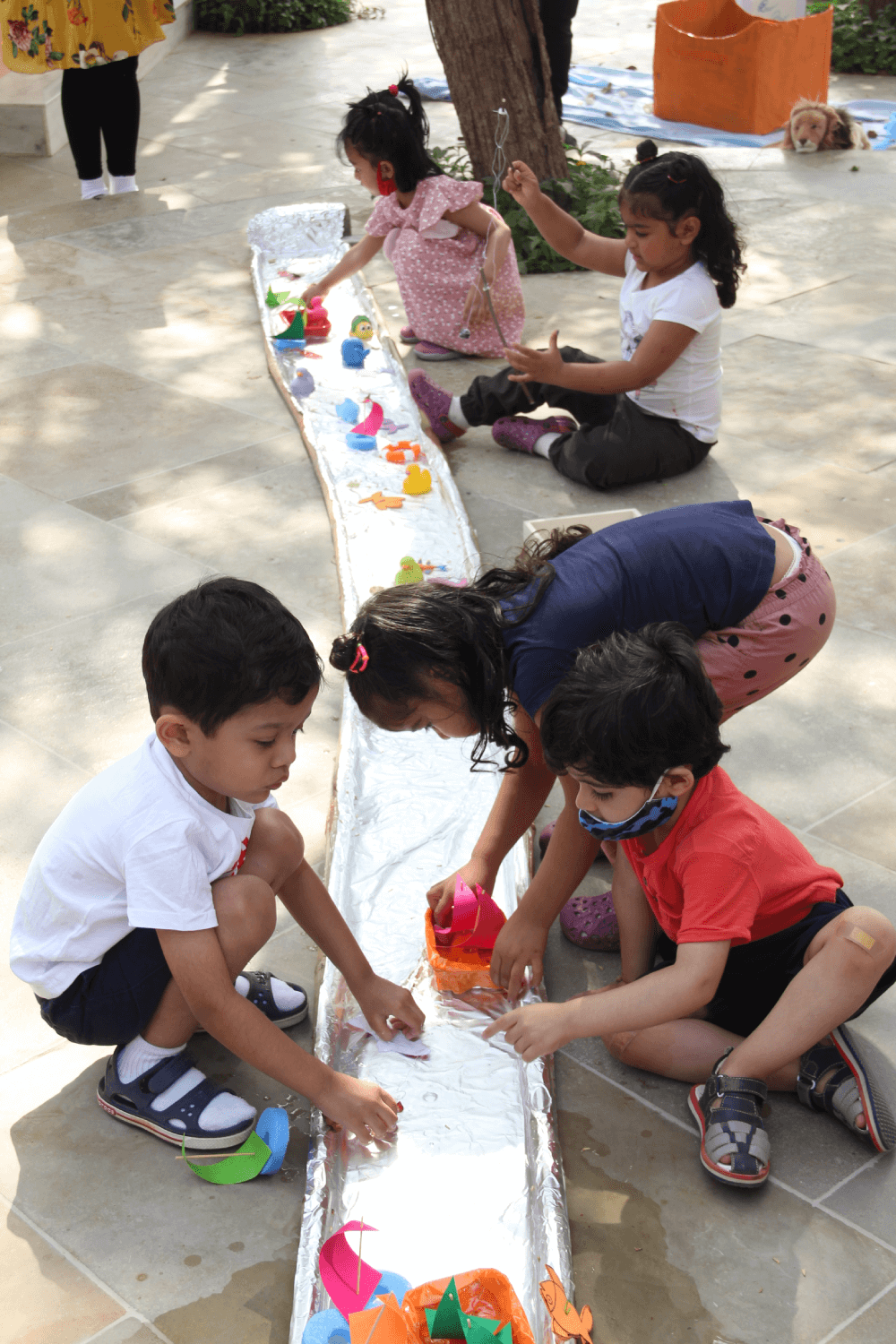
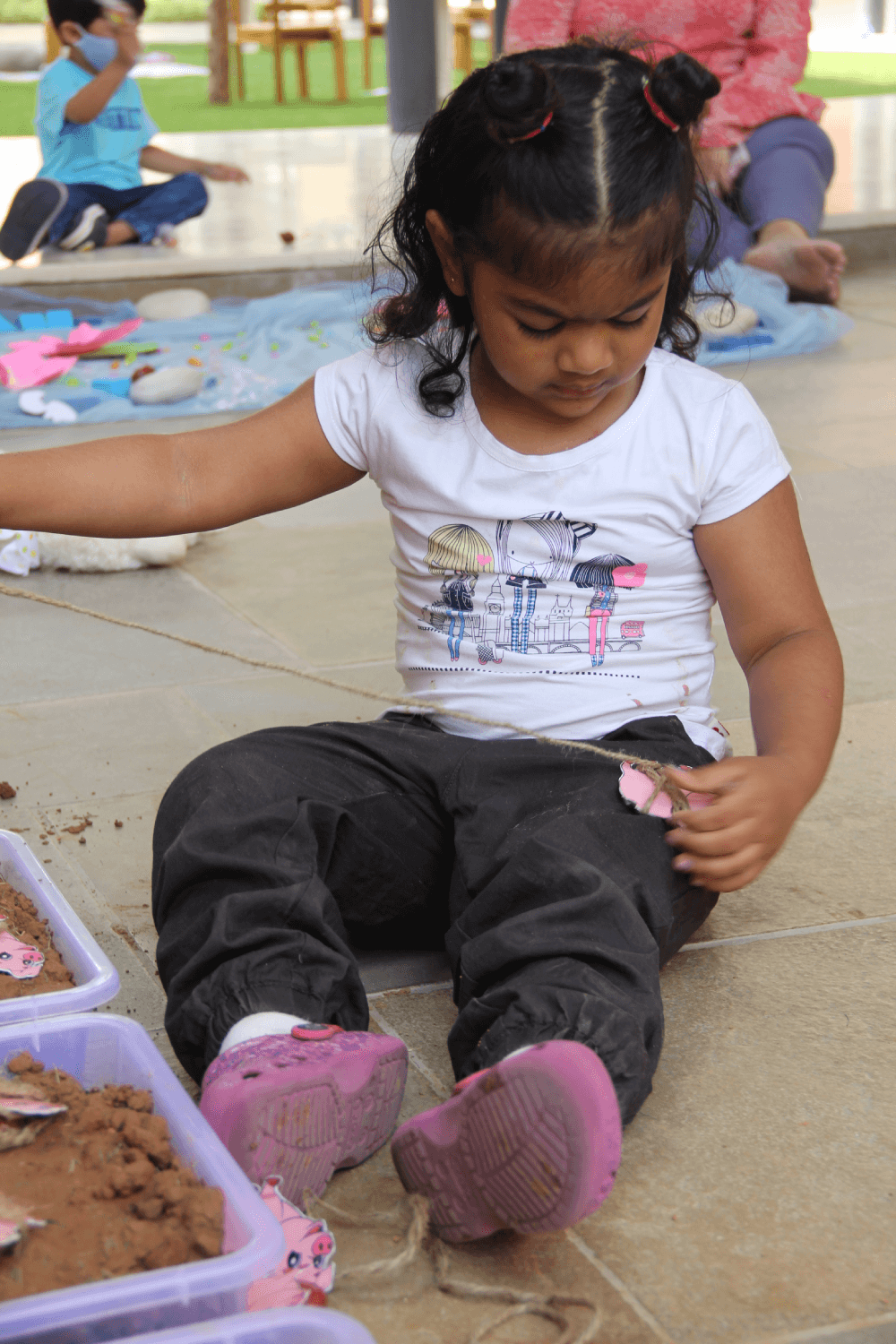
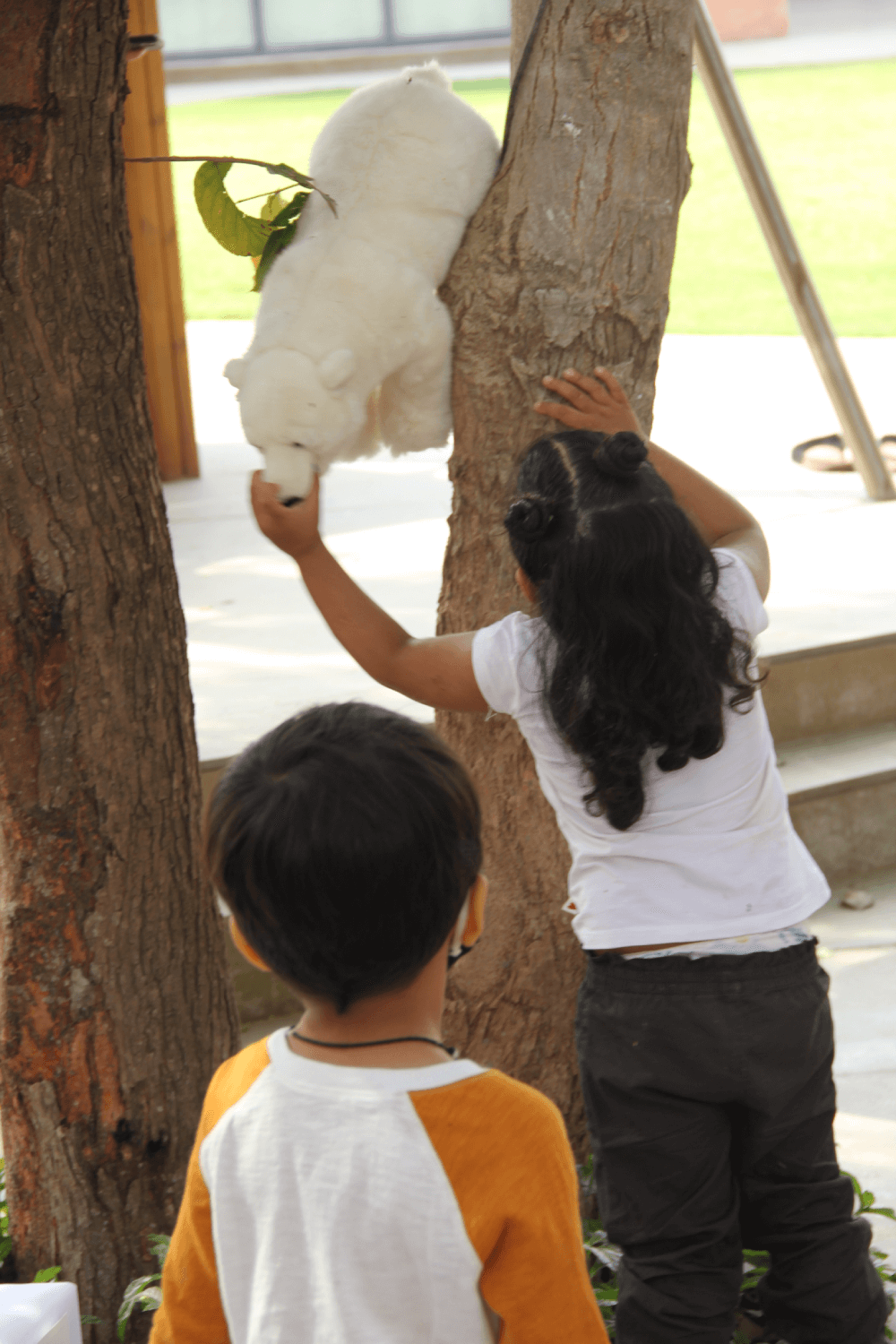

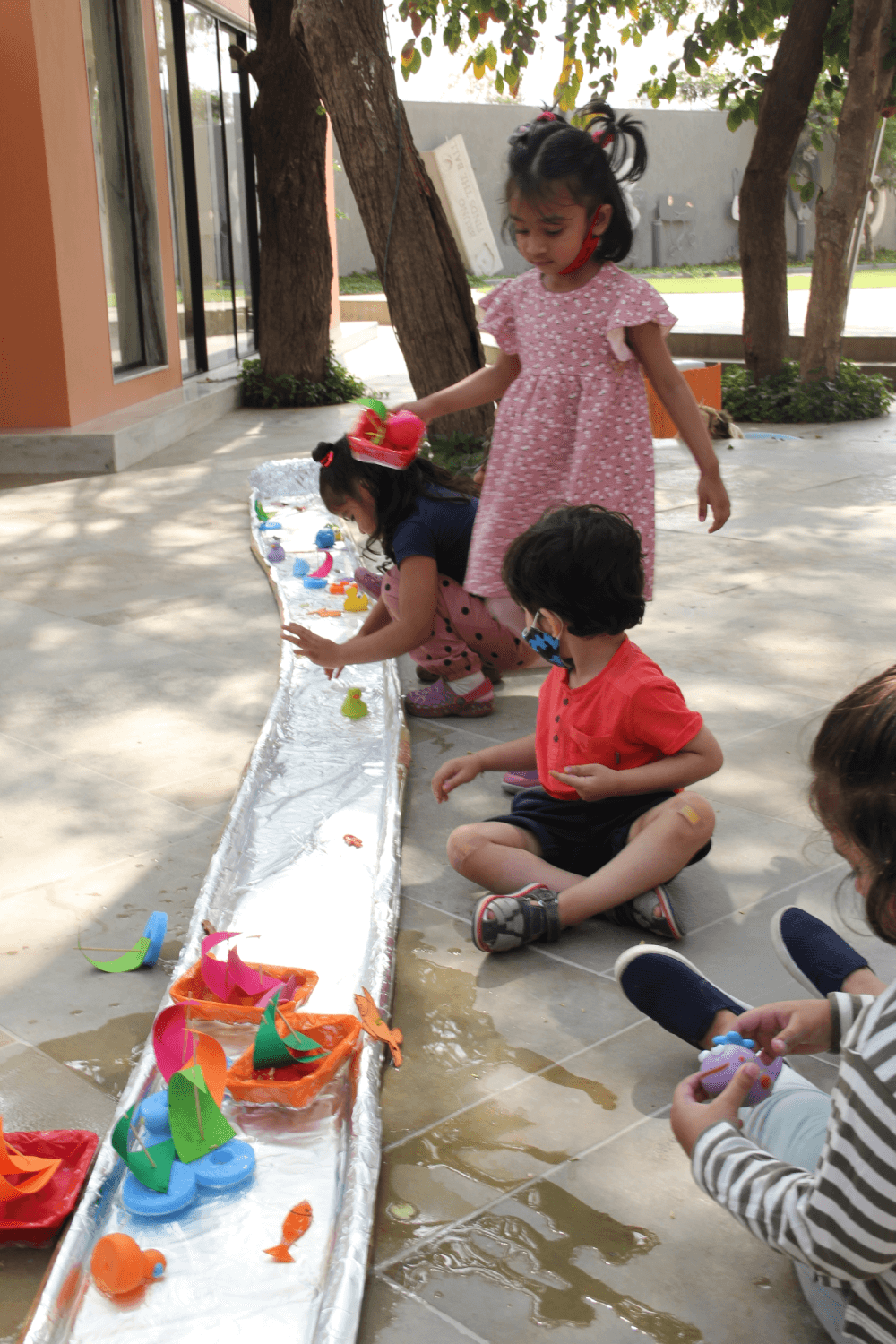
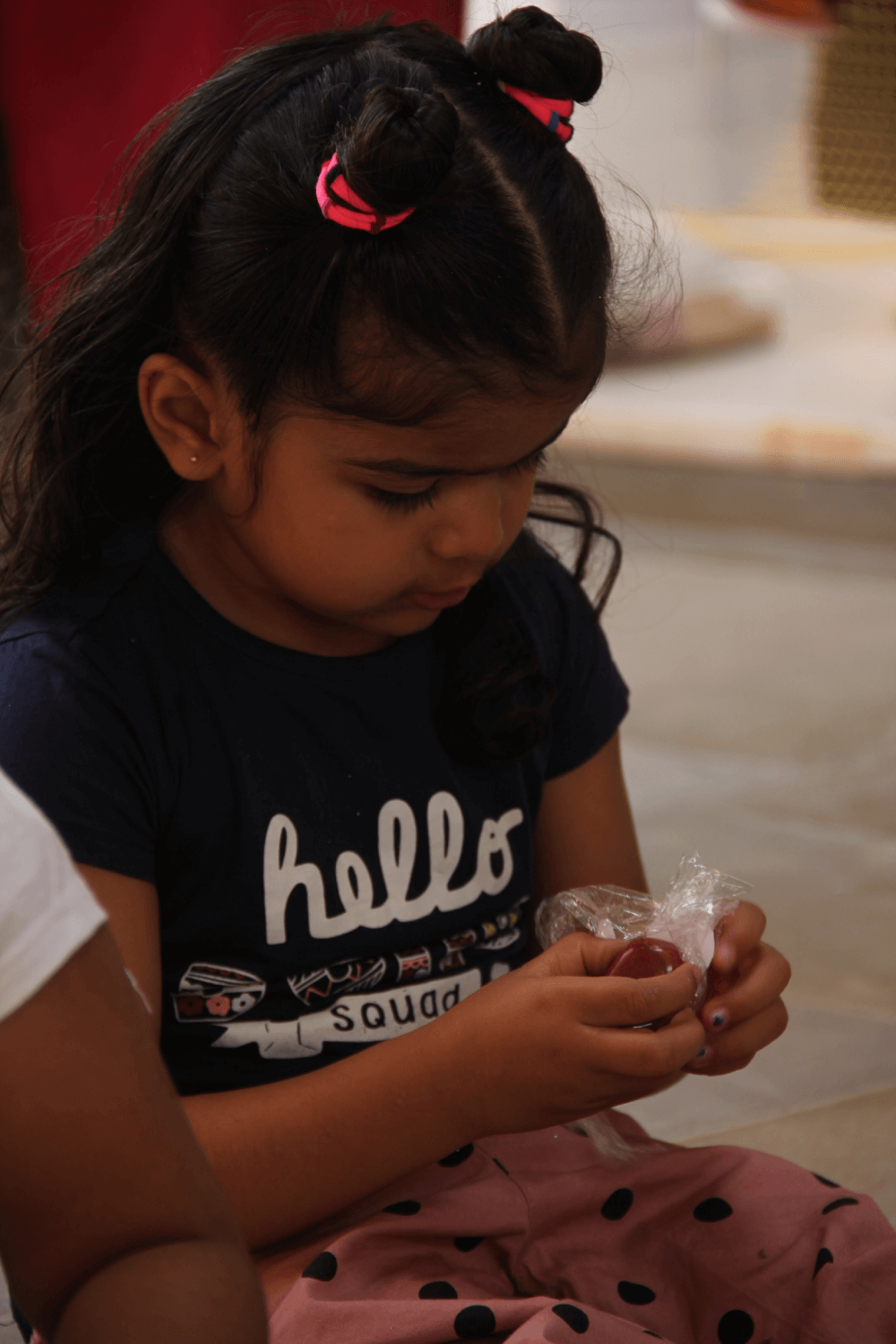
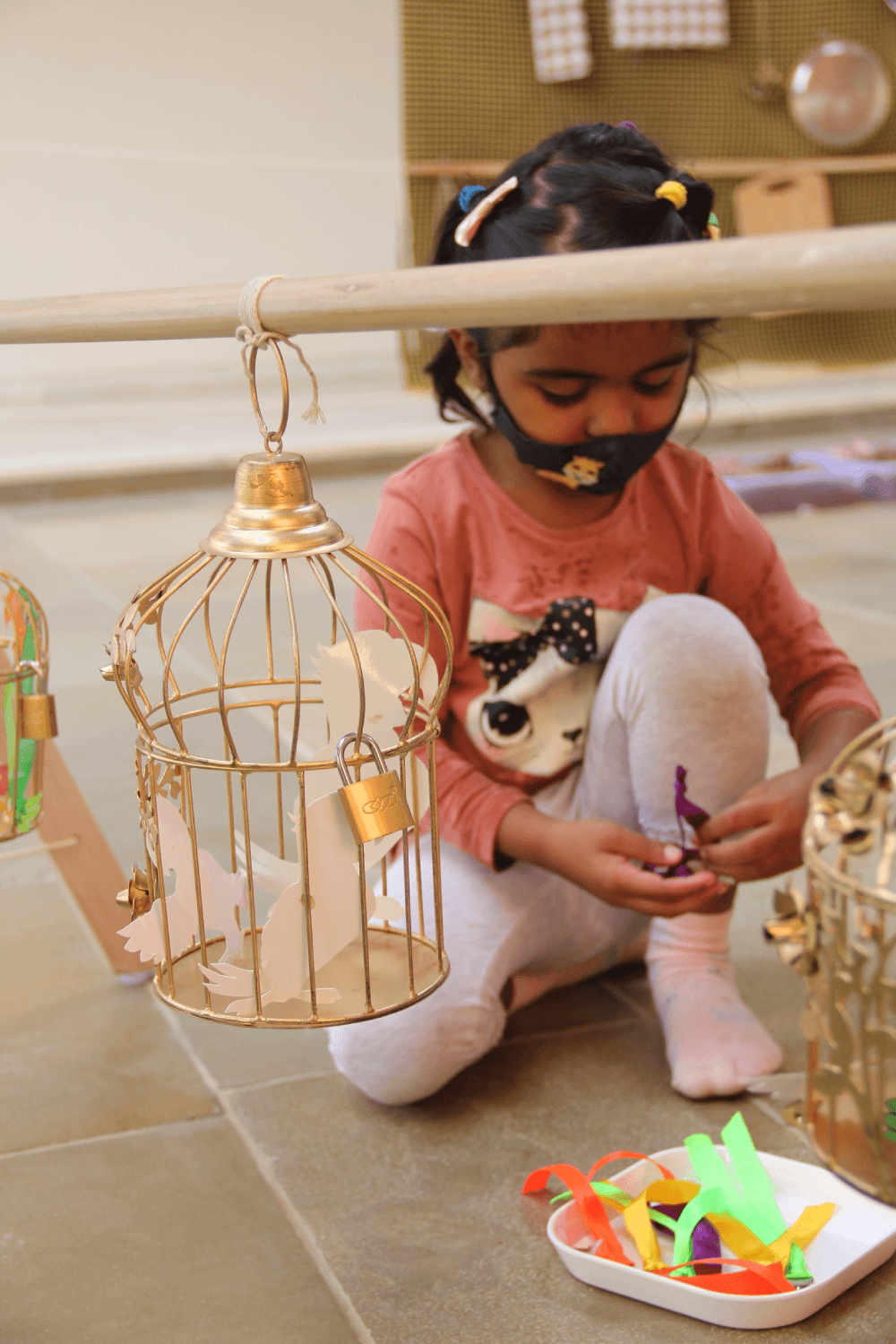
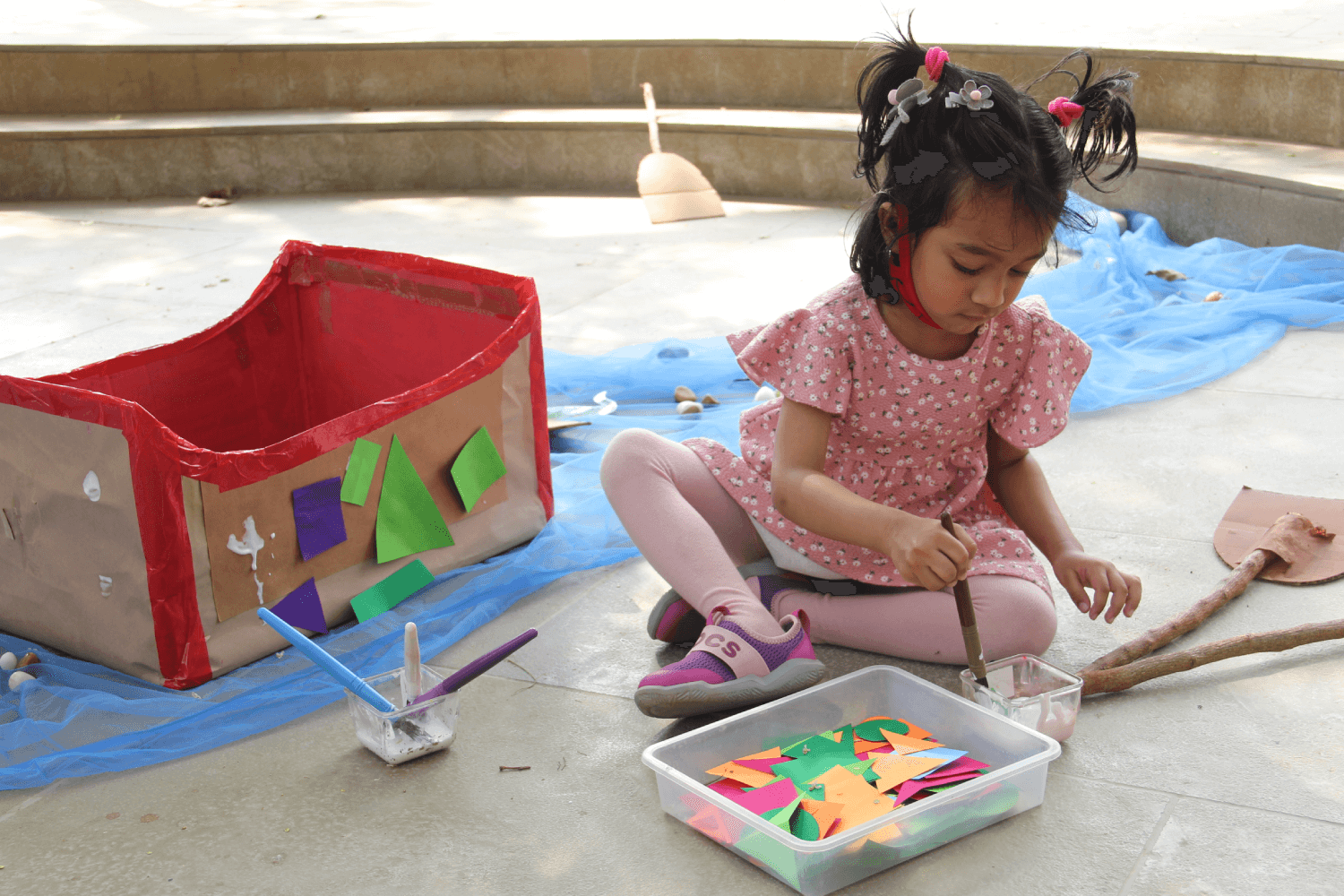
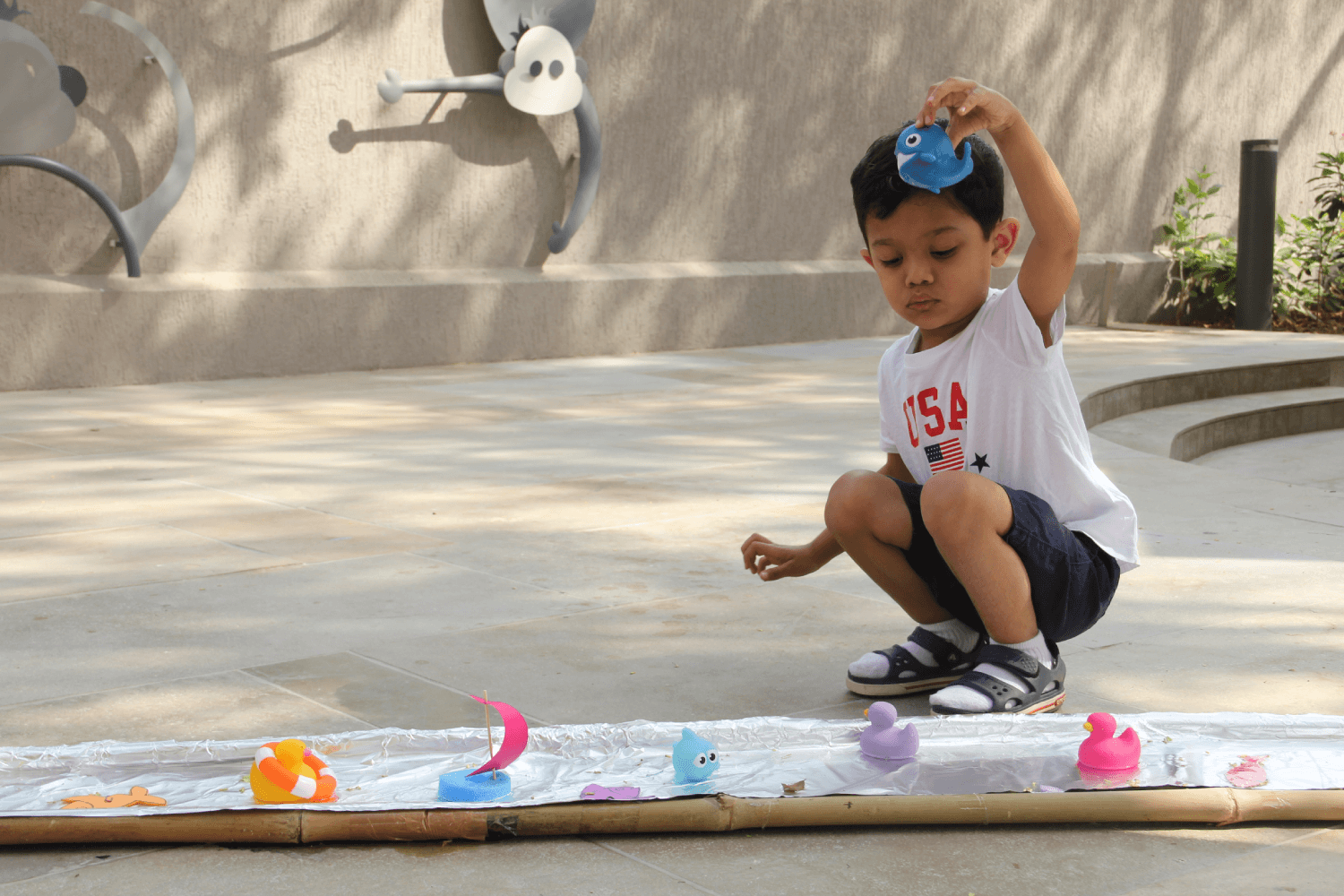
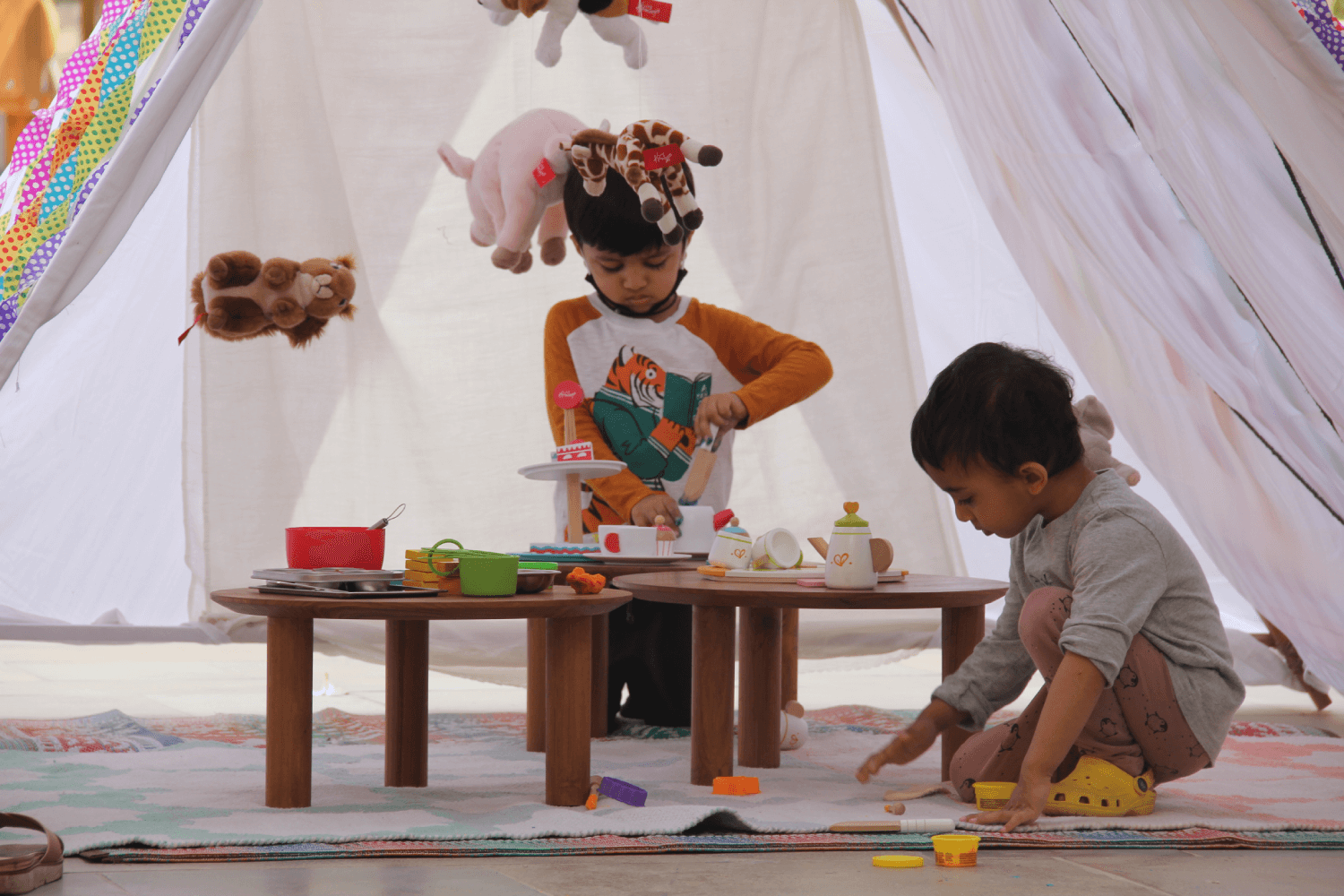
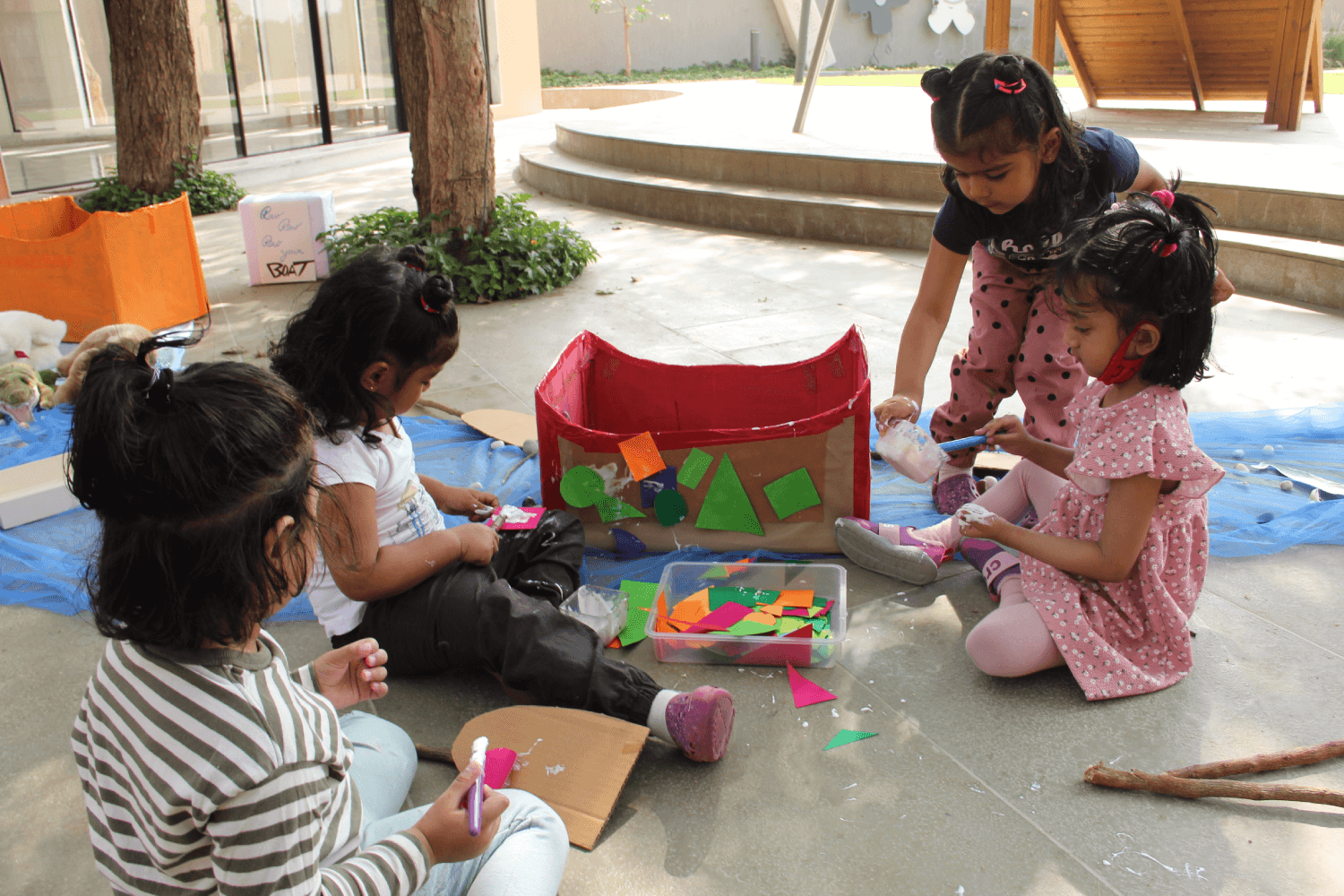
No Comments